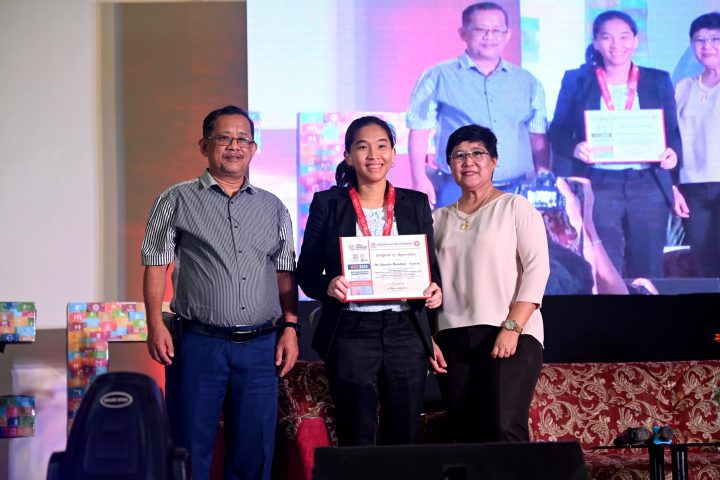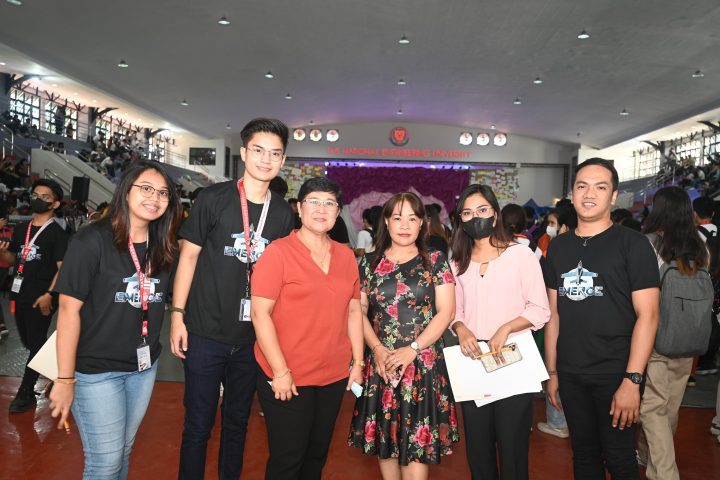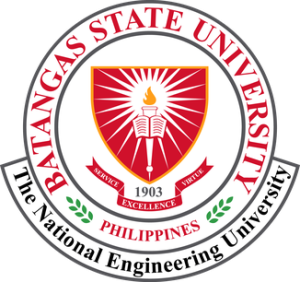Centered on the theme “Leadership in Collaborative Innovations for a Stronger Nation” Supreme Student Council (SSC) Alangilan, the Office of Student Organizations, the Center for Innovations in Engineering Education (CIEE), and the College of Engineering organized the Sustainable Development Forum on the second day of celebrating the World Engineering Day 2023. The forum shed light...
Tag: 12
SSC Alangilan exhibits SDGs on Valentine’s Day
Set on Valentine’s Day, Supreme Student Council of BatStateU Alangilan initiated the opening of the Inter-department Sustainable Development Goals (SDG) Booth Competition. The two-day event was held at the Fitness Development Center on February 13-14, 2023. Participated by campus’ student organizations, it aims to strengthen the stakeholders’ awareness of SDGs. The Booth Competition showcased array...
DevCom, CSD collab for SDG exhibit
BS Development Communication students in collaboration with the Center for Sustainable Development staged a one-day exhibit that highlighted the University’s sustainable initiatives in the achievement of the 17 UN SDGs. DevCom students featured various sustainability efforts through a wide array of IEC materials such as pamphlets, brochures, dioramas, charts, and diagrams as well as videos...
BatStateU drafts Sustainability Policy Guidelines
Batangas State University (BatStateU), through its Center for Sustainable Development, facilitated the draft presentation of the “BatStateU Policy Guidelines for Sustainable Development” on November 25, 2022. The event was held at the Seminar Room, 5th Floor of the SSC II Building, BatStateU-Pablo Borbon Campus. The initiative aligns with the university’s commitment to sustainability and supports...
On the use of metal-organic framework-based adsorbent from recycled PET bottles for Eriochrome Black T removal
In this study, a metal–organic framework (MOF) adsorbent from recycled polyethylene terephthalate (PET) bottles was developed to effectively remove Eriochrome Black T (EBT) dye present in synthetic wastewater. A sustainable, “greener” route of MOF synthesis was adopted involving microwave-enabled depolymerization of PET to terephthalic acid (TPA) and conversion of the latter to its organic salt...
Synthesis of Hybrid Carbon Quantum Dots from Tamarindus indica and Mangifera indica Leaves for the detection of Mercury (Hg2+) Ion in Purified Water and Simulated Seawater
Mercury (Hg2+) ion is considered as one of the most lethal heavy-metal contaminants accounting for its extreme persistence, bioaccumulation, and toxicity. The objective of this study is to synthesize hybrid carbon quantum dots (h-CQDs) for the detection of Hg2+ ion in purified water and simulated seawater using ratiometric fluorescence assay between blue carbon quantum dots(b-CQDs)...
The Effects of Drying Methods on the Physico-chemical Properties and Antioxidant Activity of Bilimbi (Averrhoa bilimbi)
Bilimbi (Averrhoa bilimbi) is an underutilized fruit usually grown in tropical countries and is widely added as souring agent in many Filipino dishes. However, it is undervalued and its utilization is limited due to short shelf life. Drying is one of the more popular and cheapest means of prolonging its storage life. This study aimed...
The andrographolide content and biological activities of the ethanolic leaf extract of andrographis paniculata (Burm. f.) Ness
Andrographolide is a crystalline diterpene lactone present in Andrographis paniculata (AP) and considered as the most active and important secondary metabolite component of the said plant. Few reports are available regarding the biological activities of the AP plant extract. In this study andrographolide content of ethanolic extracts of different AP plant parts was determined using...
Kinetics and Isotherm Studies on Adsorption of Hexavalent Chromium Using Activated Carbon from Water Hyacinth
The present study is focused on the use of activated carbon derived from water hyacinth (WH-AC) as adsorbent for the removal of Cr(VI) from aqueous solution. The optimized WH-AC was found to be mesoporous and considered as granular. The surface area of 11.564 m2/g was found to have a good adsorption capacity. The adsorption data...
On the Use of Surfactant-Complexed Chitosan for Toughening 3D Printed Polymethacrylate Composites
This work reports a simple approach to prepare toughened 3D-printed polymethacrylate (PMA) composites using surfactant-modified chitosan (SMCS) particles at loadings between 2–10 wt%. Chitosan (CS) is modified with anionic surfactant, sodium dodecyl sulfate, via ionic complexation to facilitate compatibility and dispersion of CS to PMA matrix by non-covalent interactions between the components. The study successfully...








